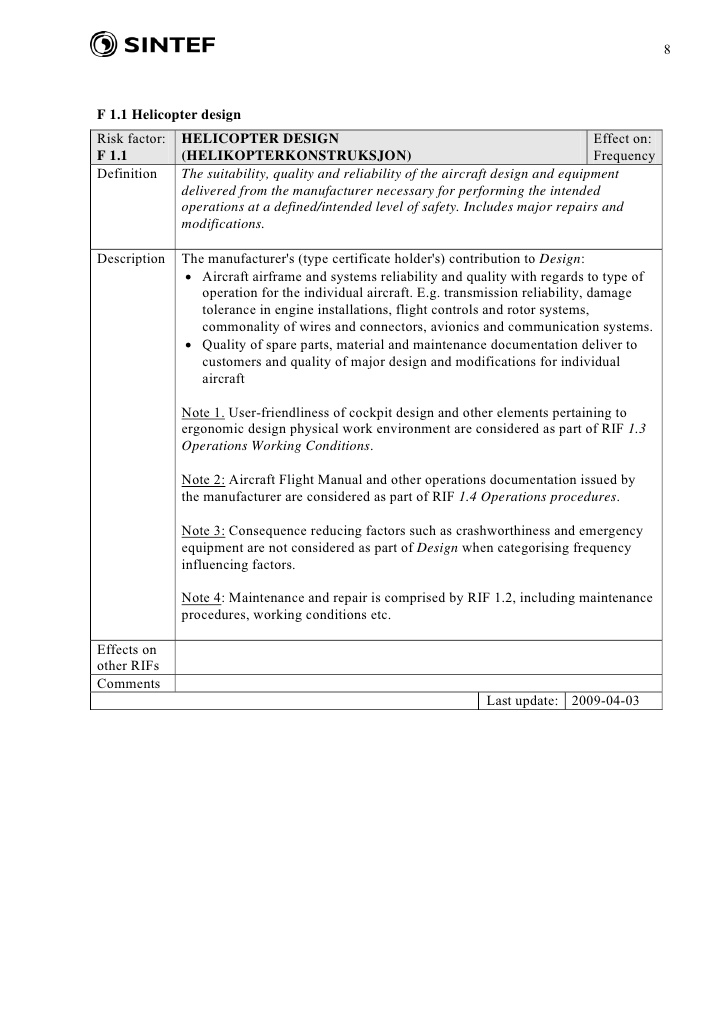Content

Similarly, the reciprocal of a fraction is just that fraction reversed. For example, the reciprocal of 4/7 is 7/4, and the reciprocal of 13/8 is 8/13. The reciprocal of 7 is not all we can explain and calculate.
If you’re wondering how to find the reciprocal, we’re here to help with this easy-to-use reciprocal calculator. Now, we just interchange the numerator and denominator to get 1/7, giving that the reciprocal of 7 is 1/7. 5y→15y18→1183→443And because reciprocal means opposite, the reciprocal of a reciprocal fraction is a whole number. In fact, any number you can come up with has an additive inverse. No matter how large or small a number is, adding it and its inverse will equal 0 every time.
Address
Over winter break, my uncle told me I was polemic and asked if I was on the debate team at school. I have a good faith belief that the use of the material in the manner complained of is not authorized by the copyright owner, its agent, or the law.
7 Ways to Visit Top Museums Across America for Free – Money Talks News
7 Ways to Visit Top Museums Across America for Free.
Posted: Fri, 10 Feb 2023 17:52:02 GMT [source]
Write the reciprocal of a whole number as a fraction. Again, the reciprocal of a number is always 1 ÷ .
Reciprocal of a Mixed Fraction
Discover the formula to find a reciprocal, and see examples. A herd of cows in a farm produces 99 liters of milk daily. If each cow produces one-third of total milk produced in a day. How many cows are in the farm if 7700 liters of milk is produced weekly. To find the reciprocal of 1/4, invert the numerator and denominator. The reciprocal of a number is simply the number that has been flipped or inverted upside-down. This entails transposing a number such that the numerator and denominator are placed at the bottom and top respectively.

Fractions are numbers in the form a/b, where a is the numerator of the fraction, and b is the denominator of the fraction. The reciprocal of a fraction is extremely simple to find based on its definition. In mathematics, the reciprocal, also known as multiplicative inverse, is the inverse of a number x. This means that the product of a number x and its reciprocal yields 1. To find the reciprocal of a fraction, we invert the fraction.
Examples of Questions About Reciprocals
How do you classify numbers, as in rational numbers, integers, whole numbers, natural numbers, and irrational numbers? I am mostly stuck on classifying fractions. I’m working on my summer reading list with Kafka’s The Trial. The very first sentence uses traduce, and I don’t know what that means.
- Therefore, to find the reciprocal of any given number, we use the following two steps.
- Thus, if you are not sure content located on or linked-to by the Website infringes your copyright, you should consider first contacting an attorney.
- The multiplicative inverse of 1.25, therefore, is 0.8.
- A herd of cows in a farm produces 99 liters of milk daily.
Give the number a denominator of 1, then invert it. For instance, to find the reciprocal What is the reciprocal of 7? of 2, turn it into the improper fraction 2/1, then invert it to get ½.
Remember, the number 1 can always be written as /, and fractions with the same denominator can be added together. Reciprocals are helpful in all sorts of algebraic equations. For example when you are dividing one fraction by another you multiply the first by the Reciprocal of the 2nd. You might also need reciprocals when finding equations of lines.

To find the reciprocal of a number, divide 1 by the number. The name reciprocal comes from Latin, possibly from the phrase reque proque, meaning back and forth. The reciprocal number to x may be denoted simply as 1/x but also as x-1. Thus, raising the number to the power of minus one is the same as finding its reciprocal.
If you’re dealing with a mixed number, things get a little trickier. First, change the mixed number into an improper fraction. To do this, multiply the whole number by the denominator of the fraction, then add the product to the numerator. The resulting number will become https://business-accounting.net/ the numerator in your improper fraction. Then, invert the fraction to find the reciprocal. For instance, 2 ½ is the same as 5/2, and the reciprocal is 2/5. To find the reciprocal of a decimal, convert the decimal to a fraction first if you can, then invert it.
